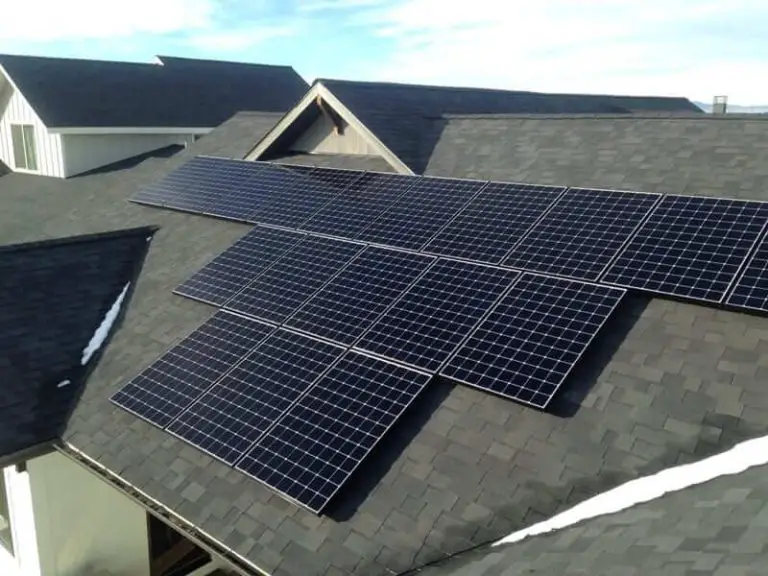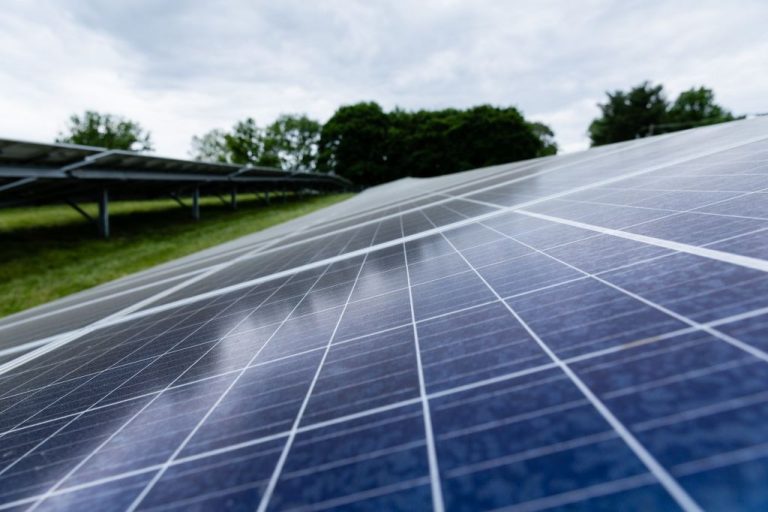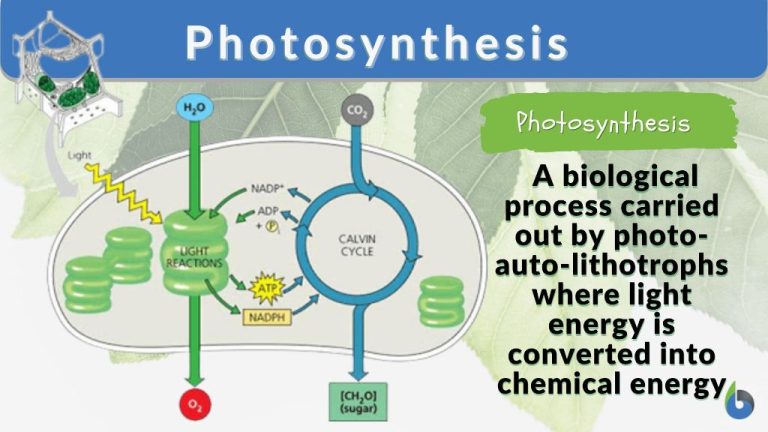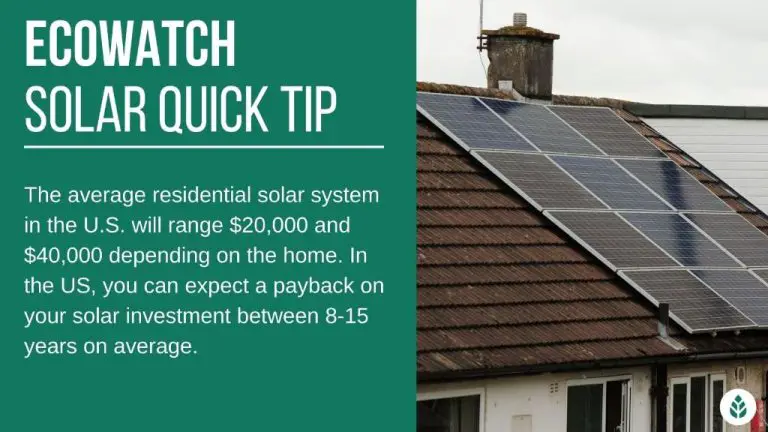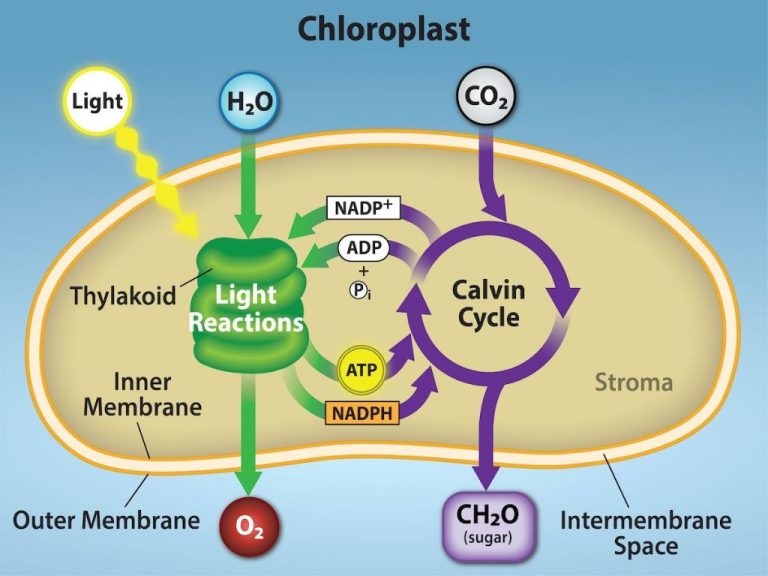Can You Heat A House With Solar?
Solar heating systems provide a renewable, low-emission method of heating water and spaces in homes. Solar thermal technologies capture heat from the sun and transfer it to water or air via solar collectors. The heated water can provide domestic hot water, be stored in insulated tanks for later use, or connect to radiant floor heating systems and heat pumps to provide space heating.
Interest in solar thermal systems for home heating is growing worldwide. According to the International Energy Agency, the number of dwellings using solar thermal technologies reached 250 million globally in 2020, with an average annual growth rate around 3% (IEA). Some markets saw especially strong growth in 2021, like Lebanon which experienced a 145% increase as homeowners switched to solar water heating to save on rising electricity and fuel costs (IEA SHC). With rising energy prices and climate change concerns, solar thermal presents an appealing emissions-free heating solution.
How Solar Thermal Systems Work
Solar thermal systems use solar collectors, often mounted on the roof, to capture heat from sunlight. The solar collectors contain a solar absorber made of copper or aluminum that efficiently absorbs the sun’s heat energy and transfers it to a heat-transfer fluid. This fluid is then pumped through pipes to a storage tank inside the home.
There are two main types of solar collectors used in residential systems: flat-plate collectors and evacuated tube collectors. Flat-plate collectors consist of a dark flat surface to absorb sunlight, covered by an insulated box with a glass or plastic cover. Evacuated tube collectors contain rows of glass tubes, each containing a solar absorber and a vacuum seal. This vacuum eliminates conductive and convective heat loss, making evacuated tube collectors more efficient in colder climates.
Active solar thermal systems use electric pumps to circulate the heat-transfer fluid when the collectors are hotter than the storage tank. Passive systems rely on gravity and the tendency for water to naturally circulate as it is heated. The storage tank then provides heat for domestic hot water and space heating needs. A control system monitors the temperatures and controls the pumps and valves.
The high-temperature solar heat can be used directly for heating or can be used to drive an absorption cooling cycle for solar cooling. Solar thermal systems require backup heating sources for cloudy days and times when heating demands exceed the solar energy available.
Types of Solar Heating Systems
There are two main types of solar heating systems for homes: active and passive. As explained by the Department of Energy, “Active solar heating systems require pumps and controls to move heat from collectors to storage. Passive solar heating uses no mechanical means to move heat” (Solar Water Heaters).
Active solar heating systems are more complex but can provide heat on demand. Common active system types include direct circulation, antifreeze, drainback, and indirect systems. Direct circulation pumps water directly from the collectors to use. Antifreeze systems use antifreeze fluid that transfers heat to water. Drainback systems drain water from collectors to storage when not in use. Indirect systems use glycol or air to transfer heat between collectors and water storage (Solar Thermal Systems).
Passive solar heating relies on natural convection to circulate heat. Common passive designs include thermosiphon systems, batch collectors, and integrated collector storage systems. These passive systems are generally lower cost but may provide less control over delivery of heat.
Calculating Your Heating Needs
Calculating how many BTUs are required to heat your home is an important step in determining the size of solar heating system you need. The basic formula for calculating BTUs needed is:
(Desired Temperature – Outdoor Temperature) x Square Footage x 0.133 = BTUs needed per hour
So for example, if you want to heat a 1,500 square foot house to 70°F when it’s 0°F outside, you would calculate:
(70 – 0) x 1,500 x 0.133 = 14,235 BTUs per hour needed
There are some additional factors that can impact your home’s heating needs:
- Climate – The colder your climate, the more heating BTUs you will need.
- Insulation – Well insulated homes require less BTUs to heat.
- Windows – More/larger windows mean more heat loss.
- Air leaks – Sealing leaks will reduce BTU needs.
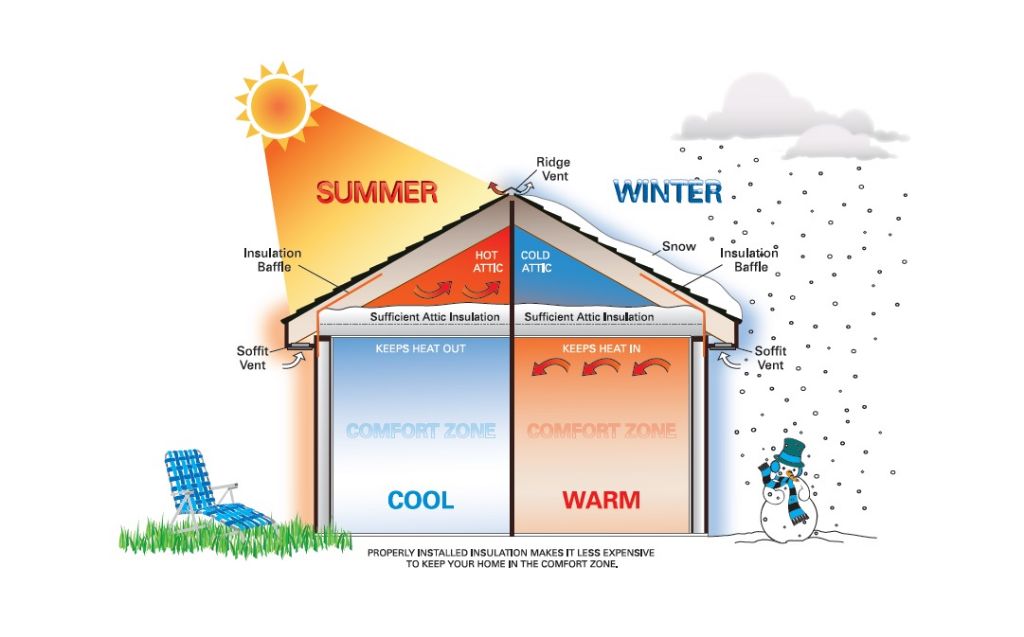
Online BTU calculators like this one can help estimate your home’s heating needs by factoring in climate, insulation, windows and other specifics.
Sizing a Solar Heating System
Properly sizing a solar heating system is crucial for meeting a home’s hot water needs efficiently and cost-effectively. The solar collectors and storage tank must be sized to handle a certain percentage of the total load. As a general rule, solar thermal systems are designed to provide 50-80% of annual domestic hot water needs (Sizing The Solar Thermal Array).
To calculate system size, first determine the home’s total hot water usage in gallons per day. This depends on factors like number of occupants, fixtures, usage habits, etc. Next, decide what percentage of the load the solar system will cover. Multiply the total daily usage by this percentage to get the solar portion of the load.
The solar storage tank capacity should be 20-40% larger than the solar load size. For the collectors, divide the solar load in BTUs/day by the peak BTU output of the collector model chosen. This gives the minimum collector area needed. Add 20-30% more area to account for non-ideal conditions (A Simplified Procedure for Sizing Solar Thermal Systems).
Supplemental heating will likely be needed, especially in winter. The solar system handles the core load when there is sun, while a boiler or electric heating element provides additional heating as needed. Properly sizing the solar portion reduces reliance on backup energy.
Costs and Savings
The upfront cost of installing a solar thermal system is typically higher than that of conventional water heating systems. However, solar thermal systems can provide significant long-term energy bill savings that make the initial investment worthwhile.
According to the U.S. Department of Energy, the average cost of installing a solar water heating system is between $6,000 and $10,000. This includes the solar collectors, storage tanks, piping, and installation [1]. Costs vary depending on the size of the system, type of collectors, location, and available rebates/incentives.
While solar thermal systems have a higher upfront cost, they can cut your water heating bills in half by using free sunshine to heat water. The Department of Energy estimates solar water heating systems can save the average family $140 per year, or $2,900 over the 20 year lifespan of a system [2]. With today’s rising energy costs, these savings will likely be even greater.
In general, solar thermal systems pay for themselves within 6 to 12 years when replacing an electric water heater, and within 4 to 8 years when replacing gas [3]. After this payback period, the free solar energy provides essentially free hot water for the remainder of the system’s lifespan.
Installation and Maintenance
Installing a solar heating system requires careful planning and permitting. It’s important to hire a qualified solar contractor to handle permitting and installation. The permitting process can take 2-4 weeks depending on your municipality. Installation typically takes 1-3 days depending on the system size and your home’s setup.
Solar heating systems require periodic maintenance to keep performing efficiently. Basic maintenance tasks include checking system components, cleaning collectors, and replacing glycol coolant every 3-5 years. The collectors may need occasional glass cleaning and seal inspections. Pumps, controllers, and valves may need servicing over time. Overall, solar heating systems have relatively low maintenance needs compared to other heating systems. Proper maintenance helps the system last over 20 years.
Routine maintenance costs range from $100-200 annually. It’s a good idea to budget 1-2% of the initial system cost per year for long-term maintenance and repairs. Consider signing up for a maintenance contract with your installer to cover preventative maintenance and priority service calls. DIY maintenance is possible but requires technical skill.
Sources:
Energy.gov,
Grant UK
Efficiency and Performance
Solar thermal systems can provide a significant portion of a home’s space heating and hot water needs. The solar fraction refers to the percentage of the total heating load that is provided by the solar system. Well-designed solar thermal systems can achieve solar fractions of 60-80% in sunny climates (https://en.wikipedia.org/wiki/Solar_thermal_energy).
The efficiency of solar thermal collectors ranges from 30-80%, depending on the specific technology used. Evacuated tube collectors are the most efficient, achieving thermal efficiencies up to 80%. Unglazed collectors, like simple black pipes, have the lowest efficiencies of around 30-50% (https://www.sciencedirect.com/science/article/pii/S0038092X21008859).
In comparison to conventional heating systems like gas or electric furnaces that have efficiencies of 80-98%, solar thermal systems have lower efficiencies. However, they can still dramatically reduce conventional fuel use because the “fuel”, sunlight, is free. With good design, solar thermal systems can provide over half of a home’s space and water heating needs at zero energy cost.
Incentives and Rebates
There are various incentives and rebates available to help make solar thermal systems more affordable. The main ones are:
At the federal level, there is an investment tax credit (ITC) that allows you to claim 30% of the cost of installing a solar energy system against your federal taxes (Source 1). This credit applies to both residential and commercial solar installations and can be claimed on your taxes for the year in which your solar system is installed.
Many states and utilities offer additional rebates and incentives. For example, California offers rebates through the California Solar Initiative Thermal Program (Source 2). Amounts vary by territory. Other states with strong solar incentives include Massachusetts, Arizona, Nevada, Florida, New Jersey and more.
Some local governments and municipalities also offer solar incentives, such as property tax exemptions or rebates. Check with your local utility and government to see what may be available in your area.
When combined, federal, state, and local incentives can cover 30-50% or more of the upfront costs of installing a solar thermal system.
Conclusion
While solar thermal is not always sufficient for all a home’s heating needs, it can play a major role in reducing conventional energy costs for any house equipped with an adequately sized solar thermal system. For more mild climates, or well-insulated homes with modest heating loads, solar thermal can provide the majority of needed heat. But even in cold winter climates, solar thermal can offset a significant portion of heating costs when used in tandem with other systems like natural gas, propane, electric heat pumps or wood. With proper sizing, equipment, installation and maintenance, solar thermal represents one of the most cost-effective ways homeowners can utilize renewable energy to lower their heating bills.

